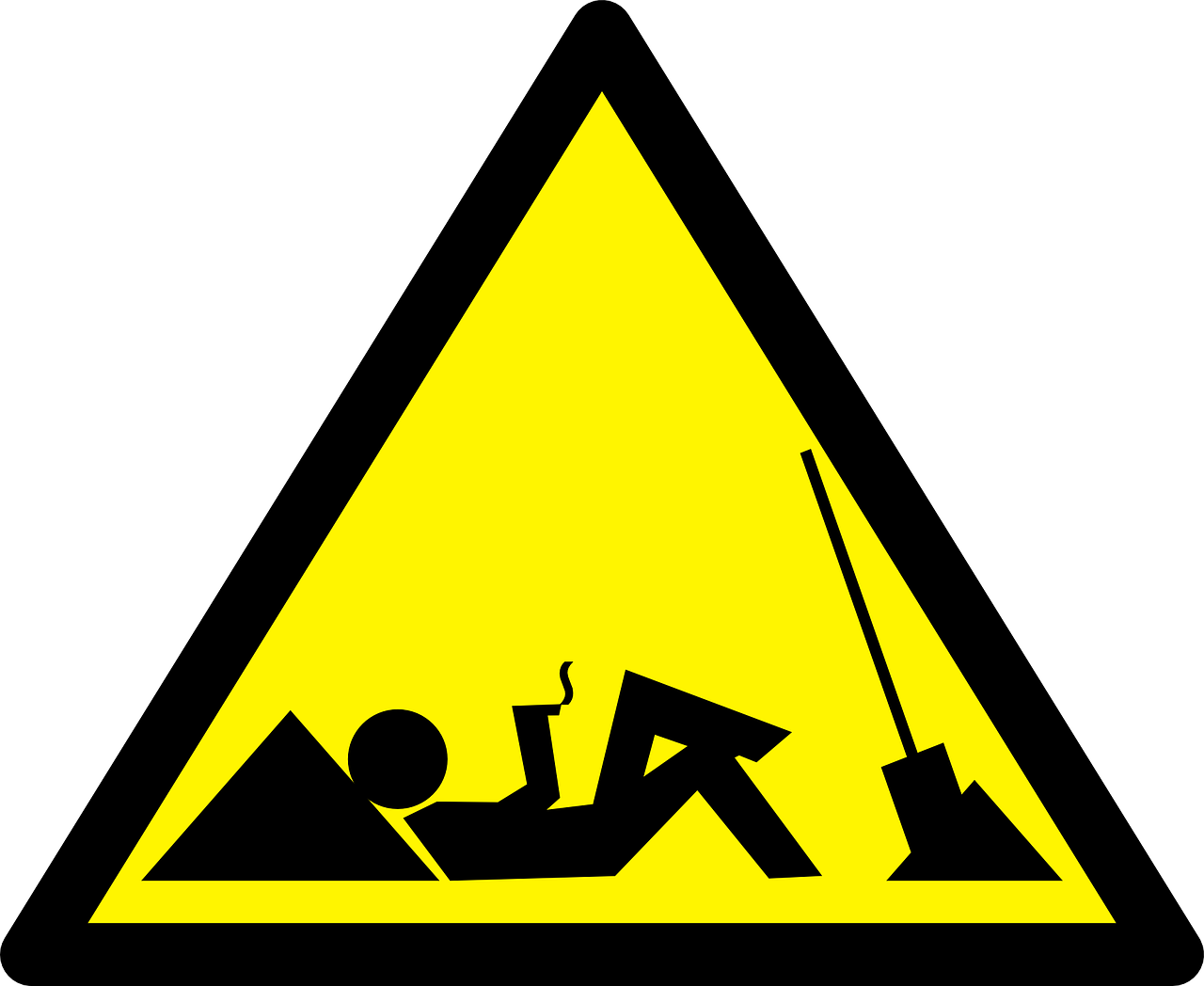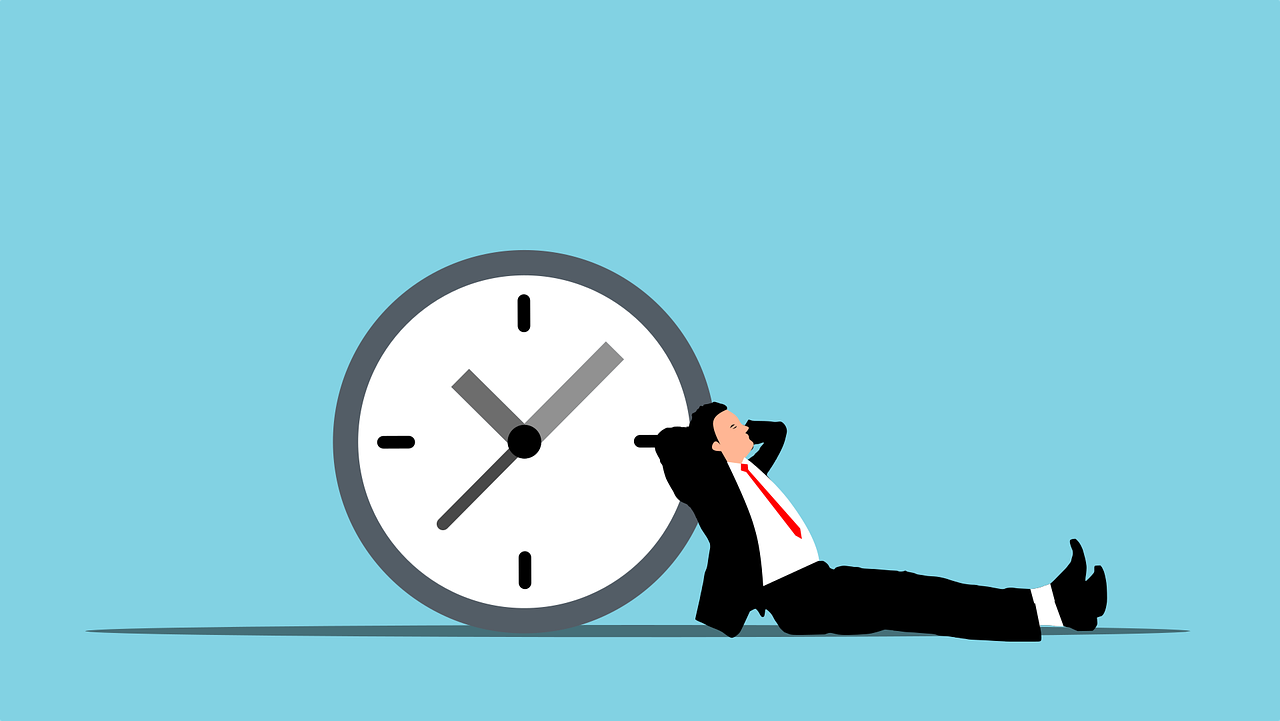
Elements that Add To Low Blood Flow problems can be experienced by guys, females and kids. The job of sending blood, nutrients and oxygen to all parts of the body and the brain is carried out by our blood circulation system, and a minimized blood circulation to any location of the body and especially the brain suggests that the cardiovascular system isn't working as it needs to be. The body's circulatory system is not only responsible for transferring nutrients and oxygen to the cells. It likewise plays a role in transferring away the co2 and wastes that require to be excreted from the body. Therefore, if the cardiovascular system is not operating at complete capability, the health of the whole body and the brain is affected. Flow problems generally provide themselves in the extremities, especially in the brain, arms and hands, and legs and feet. Poor flow is not a disease however rather a symptom, or a result of another illness, such as diabetes, weight problems, arterial issues or heart problem.

If left untreated, it can lead to a life time of impairment, poor health, or discomfort. Way Of Life Factors That Contribute to Poor Blood Circulation There are many way of life elements that can impact healthy blood circulation, consisting of the following: 1. Lack of Exercise Absence of exercise is a substantial factor to circulation issues. If an individual needs to sit or represent long periods of time most days of the week, the blood in the legs and pelvis location can end up being stagnant, due to the bad blood circulation. If nothing is done to remedy the poor blood flow, it might ultimately result in blood clots. This is the reason airline company passengers who are traveling for long hours are recommended to get up, move about, drink lots of water and prevent wearing tight fitting garments. They will likewise be asked to carry out some leg and body stretches to allow better blood flow.

2. Smoking. Cigarettes contain chemicals such as carbon monoxide and nicotine that is hazardous to the circulatory system. Nicotine is not just addicting, it can have unfavorable effects on the arteries. As a stimulant, nicotine can accelerate the heart rate leading to increased blood pressure. As a vasoconstrictor, all the arteries become smaller, hence making it harder for the heart to pump oxygen-rich blood throughout the body. To conquer the impacts of nicotine in the body, the heart needs to work harder. Unfortunately, the requirement to work harder suggests an increased need for oxygen to be able to sustain the additional effort required for the heart to make. However, the carbon monoxide gas from the cigarette poisons the oxygen content in the blood and this is when the dangerous cycle of bad circulation begins. 3. Alcohol. Health professionals have verified that alcohol binge drinking can have negative influence on blood circulation and circulation, as it impairs the performance of the circulatory system.

There has been a lot of scientific findings to reveal that alcohol hurts the correct functioning of the smooth muscle and endothelium cells, which play a role in the regulation of healthy blood flow throughout the body. These hazardous impacts of alcohol cause the development, and/or the progression of artery issues, such as atherosclerosis while likewise increasing the danger of other cardiovascular diseases. 4. Tension and Anger. Persistent direct exposure to high levels of stress, which in turn might contribute to negative emotions such as anger, can contribute to bad circulation. Excessive stress can trigger muscle tightness, frequently felt in the neck and shoulders. This tightness can make you wish to shriek! This tightness, or muscle knots, interrupts the appropriate circulation of blood to the brain, heart and other vital organs of the body. To prevent tension from causing poor blood flow, finding ways to handle and lower tension is necessary.

Health Conditions that Lead to Poor Blood Circulation. There are also illness that might add to an unhealthy circulatory system, that includes the following:. 1. Varicose Veins Can Lead to Poor Circulation. Varicose veins are generally brought on by walking or standing for long amounts of time and can trigger poor flow when the veins end up being dilated resulting in an unusual flow of blood. Individuals with varicose veins typically complain about having actually tired and aching limbs due to the poor blood circulation. The valves of healthy veins prevent the blood from becoming stuck or from streaming in reverse, and these valves open and close to make sure that the blood flows through the limbs and moves in one instructions. However, with varicose veins the valves end up being weak or deformed thus permitting the blood to flow abnormally and build up in one location. This is what offers the vein a swollen, bulging appearance and adds to bad blood flow.

2. Peripheral Artery Disease. Peripheral Artery Disease takes place when the arteries which provide blood to the legs, feet and arms end up being stiff and narrowed. This hardening of the arteries is usually observed initially in the legs and feet, due to the poor circulation of the blood. The arteries start to lose their flexibility as they become narrowed and hardened due to the build-up of calcium deposits on the walls of the arteries. Eventually these arteries may close totally thereby obstructing the flow of blood which will then lead to tissue and nerve damage, or injury. When these arteries stop working to supply blood as they should, the individual will experience tingling, tingling and pain. This condition is connected with other medical problems such as diabetes mellitus, high blood pressure and high cholesterol. Cigarette smokers are likewise at a higher risk of having PAD. 3. Raynaud's Disease. Raynaud's illness (likewise referred to as Raynaud's phenomenon) is where the smaller arteries or blood vessels tighten or end up being over-sensitive in a reaction to hot or cold temperatures.

For example, if it is freezing cold, the supply of blood to the extremities is drastically decreased, and poor circulation outcomes. Raynaud's disease causes poor flow in the legs throughout the night. Serious tension can also trigger the development of this disease. It is characterized by spontaneous convulsions that happen in the blood vessels which leads to bad blood circulation. This condition is normally characterized by skin staining in an individual's fingers, toes and often the nose. This discoloration is brought on by an irregular convulsion happening in the blood vessels leading to a reduced supply of blood to the local tissues. 4. Deep Vein Thrombosis DVT. When blood clots happen in the veins, a condition called Deep Vein Thrombosis develops. This condition causes swelling and discomfort in the legs, and can be dangerous if the embolism become loose. These embolisms can cause a serious obstruction of a healthy blood circulation.
If this plaque lodges inside your lungs, pulmonary embolism can happen. Individuals who have had surgical treatment or are bedridden and unable to move for an extended time period have actually an increased threat of developing this condition. .
 Add Row
Add Row  Add
Add 




Write A Comment